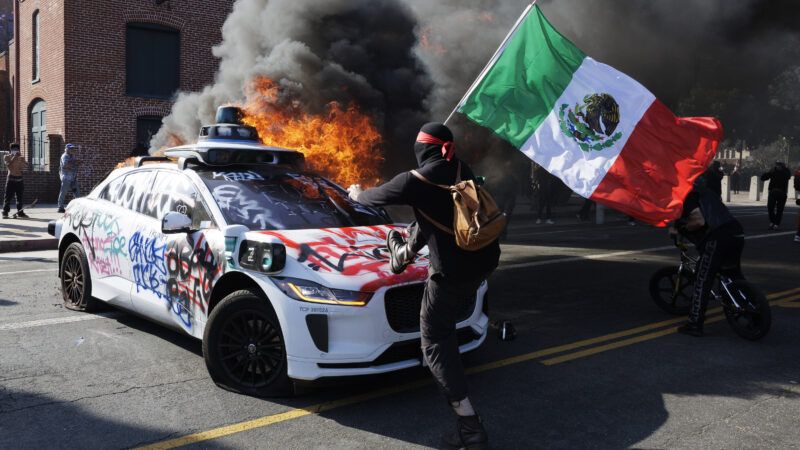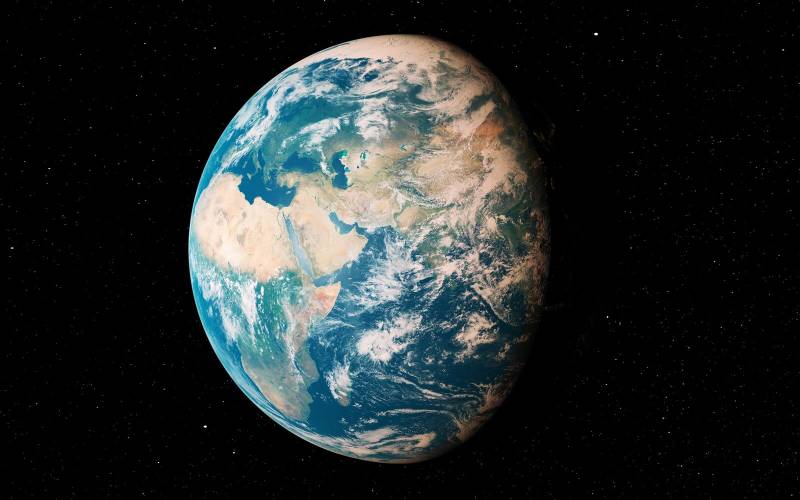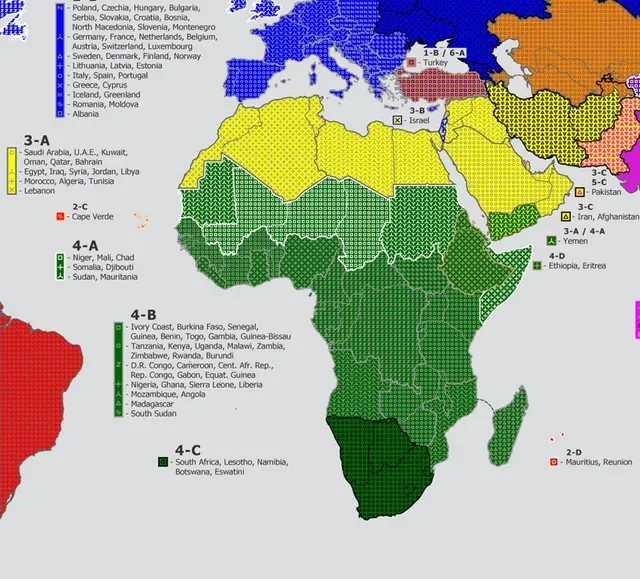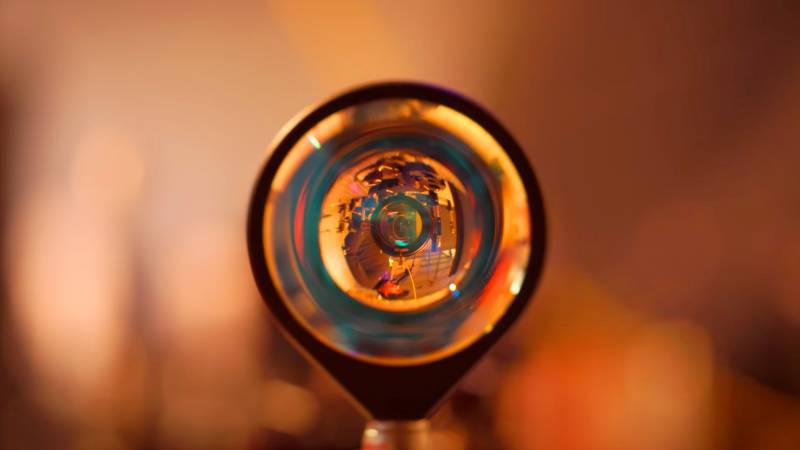Los Angeles has once again erupted into chaos after mass protests in response to federal immigration raids and the controversial deployment of National Guard troops. On the evening of Sunday, June 8, 2025, the Los Angeles Police Department escalated the situation by declaring all of downtown Los Angeles an “unlawful assembly”, commanding all demonstrators to disperse immediately. This decisive action followed three consecutive days of intense protests, sparked initially by Immigration and Customs Enforcement (ICE) raids in areas like the Fashion District, Westlake, and near Home Depot, where more than 100 individuals were arrested over the weekend. Federal agents and protestors clashed fiercely, as LAPD and ICE exchanged use of tear gas, rubber bullets, and flash-bang grenades amid attacks involving concrete and fireworks.
On Sunday afternoon, thousands converged downtown, marching from Boyle Heights through City Hall to the Metropolitan Detention Center. The crowd blocked parts of the 101 Freeway and illegally lit several Waymo self-driving cars on fire, creating plumes of toxic black smoke. In response, law enforcement deployed tear gas, less-lethal rounds, and riot gear to regain control of the area. LAPD Chief Jim McDonnell described the night's events as “increasingly worse and more violent,” citing the use of commercial-grade fireworks, Molotov cocktails, and other projectiles against police personnel. NBC and ABC noted multiple police injuries and nearly 60 arrests on Sunday alone, as law enforcement dispersed protesters from both downtown streets and the freeway.

Read Also: Self-driving cars set on fire during LA protests

Tensions reached new heights when President Trump authorized deployment of 2,000 National Guard troops, with around 300 arriving Sunday, and active-duty Marines placed on standby. Governor Gavin Newsom deemed the deployment unconstitutional and inflammatory, publicly confronting Trump over circumventing state authority. Los Angeles Mayor Karen Bass echoed the concern, calling federal intervention unnecessary and destabilizing. Protests drew national attention. Reports highlighted the arrest of nearly 40 people by Sunday night, the involvement of the FBI in identifying violent perpetrators, and condemnation from various Democratic leaders, including Kamala Harris and Rep. Maxine Waters. The scale of unrest, while not matching the civil unrest of 1965 or the 2020 protests, echoes a growing rift between federal authority and California’s government.
Downtown residents, visitors, and businesses were urged to vacate the area immediately. The mayor and police emphasized cooperation and patience, warning that continued defiance of dispersal orders could result in arrest. Major transit corridors, including the 101 Freeway, were temporarily closed, disrupting traffic and daily routines. This confrontation represents a volatile flashpoint where immigration policy, federal authority, and urban protest collide. As thousands in L.A. demand justice for immigration actions and decry perceived state overreach, the city braces itself under the watchful eye of militarized forces and judicial scrutiny. Whether the declaration of unlawful assembly brings calm or further inflames tensions remains uncertain. One thing is clear: the fabric of democracy, from local streets to federal command, is being tested—and all eyes now focus on whether the rhetoric yields to resolution, or whether this weekend marks the beginning of a deeper urban showdown.
Uphorial.



